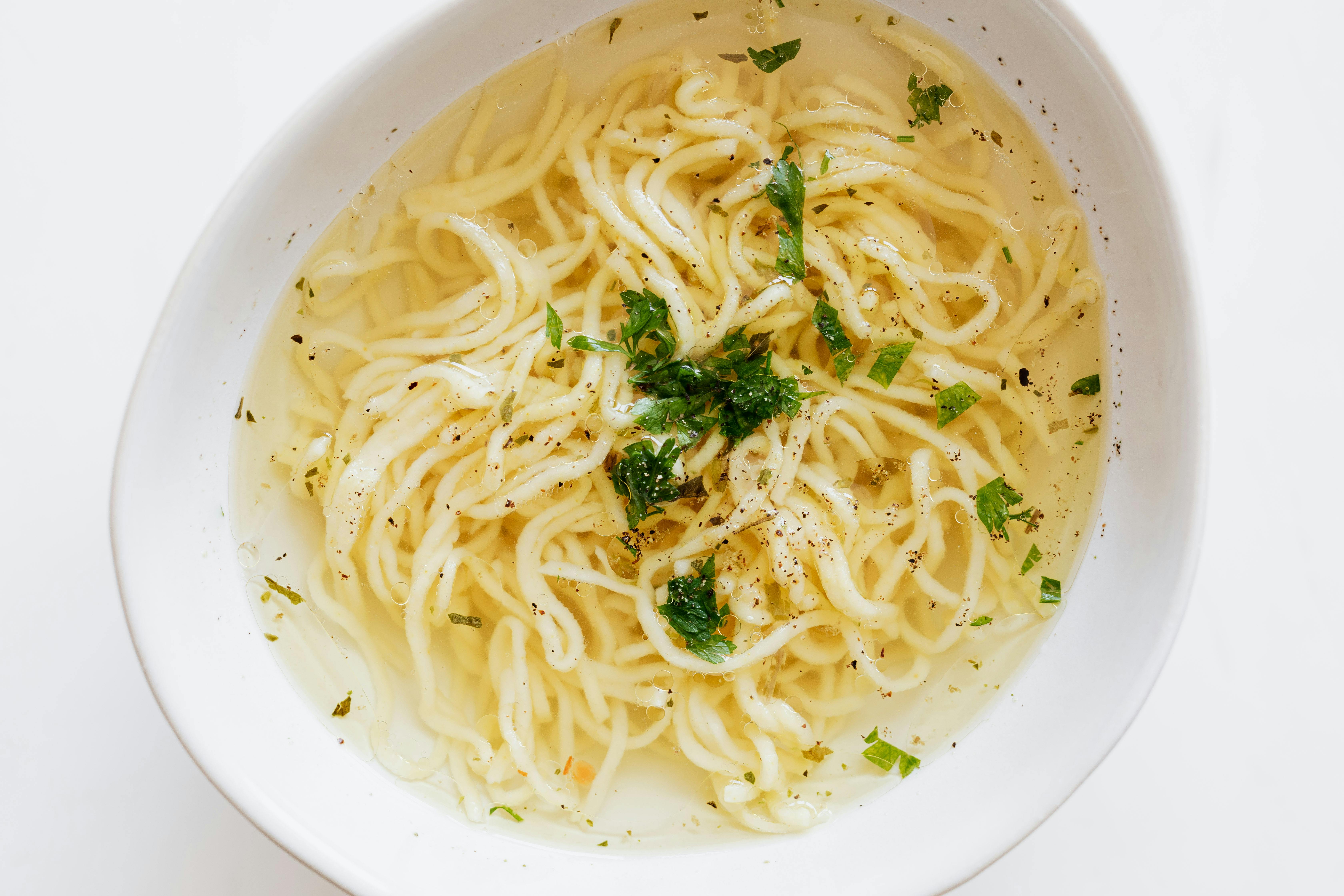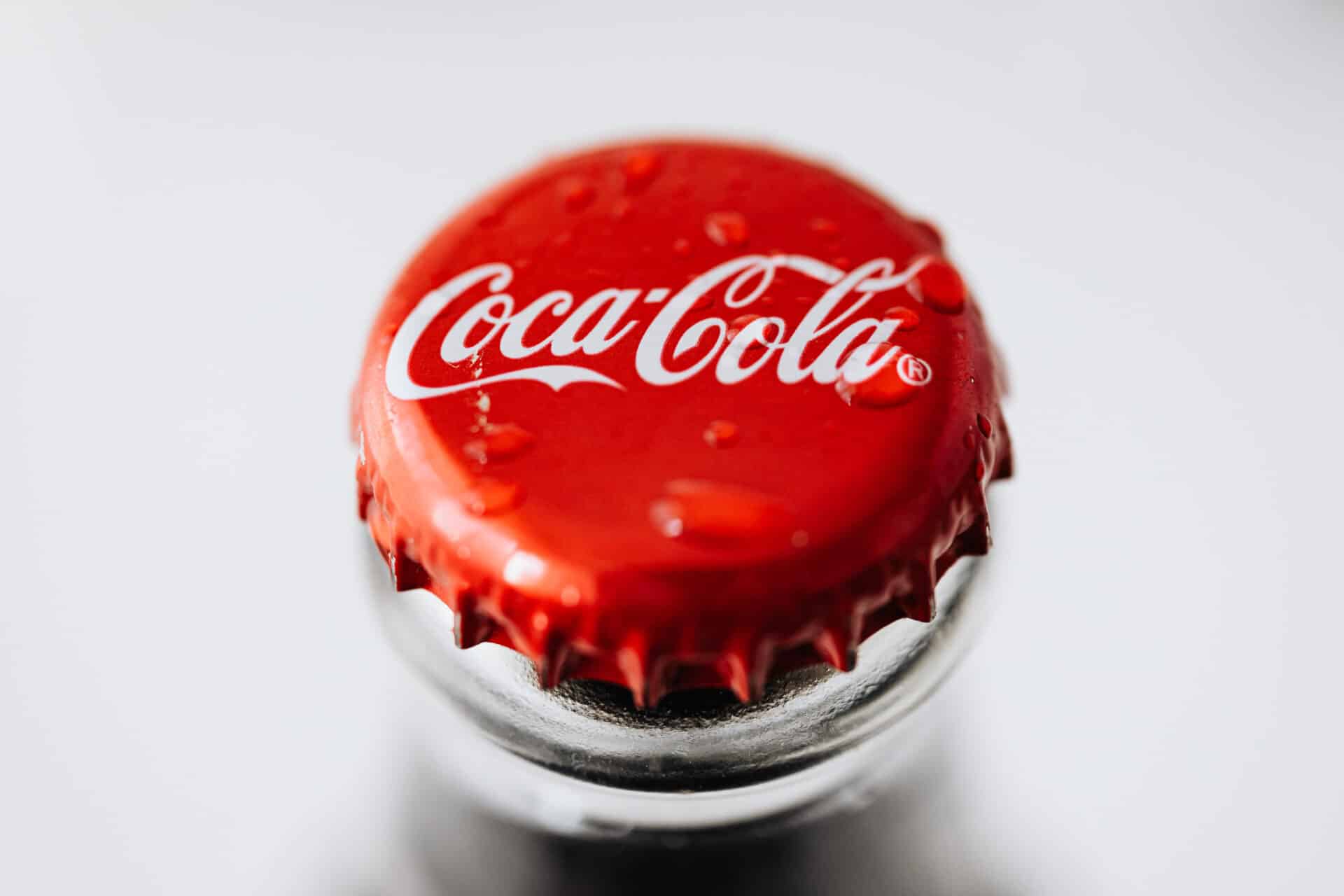Is boiled water and distilled water the same? This is a frequently asked question and the answer is no. Boiled water and distilled water are two very different forms of water, each with its own unique properties. Boiled water is simply heated to a temperature where all the microorganisms present in the liquid are killed. On the other hand, distilled water is created through a process of vaporization and condensation where all impurities from contaminated liquid are removed through evaporation. In this article, we will explore the differences between boiled and distilled water in detail.No, boiled water is not the same as distilled water. Boiled water is simply water that has been heated to its boiling point and left to cool. Distilled water is made by boiling the water and then condensing the steam back into a liquid so that any impurities are left behind.
What is Boiled Water?
Boiled water is simply water that has been heated to the point of boiling. When water is boiled, it reaches a temperature of 212°F (100°C) and produces steam. Boiling water kills any microorganisms living in the water, making it safe to drink. It also removes any chlorine or other contaminants that may be present in the water. Boiling is an effective and easy way to purify drinking water, making it a great option for those who don’t have access to safe drinking water.
Boiled water can also be used in cooking or for sterilizing kitchen utensils. Boiling helps to kill off any bacteria or other pathogens that may be present on the surface of kitchen items. It’s important to make sure that all surfaces are properly sanitized before use, especially if they will come into contact with food.
Boiled water can also be used for various medical purposes, such as wound cleaning and irrigation. Boiling helps to kill off any bacteria or other pathogens that may be present in the wound or on the skin, reducing the risk of infection.
What is Distilled Water?
Distilled water is a type of purified water that has had both contaminants and minerals removed. It is created through a process called distillation, which involves boiling the water and then condensing the steam into a clean container. This process removes impurities, such as bacteria, salts, and metals, from the water. As a result, distilled water has no taste or odor and is safe to drink.
Distilled water has numerous applications and is used in a variety of industries. It can be used for medical purposes in laboratories or clinics as it does not contain any impurities that could interfere with experiments or treatments. In addition, many companies use distilled water in their production processes to ensure that the end product is free of contaminants. Distilled water also finds use in household appliances such as steam irons and humidifiers as it will not leave behind any minerals that can damage them over time.
Distilled water has some advantages over other types of purified drinking water. Since it does not contain any minerals or contaminants, it does not have an unpleasant taste like some other types of filtered or treated waters do. In addition, since it does not contain
Boiled and Distilled Water
Boiled water is water that has been heated to the point of boiling, which is 212°F (100°C). When boiled, dissolved solids and other impurities are left behind in the container or removed through evaporation. Boiling water kills microorganisms such as bacteria, viruses, and protozoa that can cause disease. Boiling also eliminates most contaminants such as chlorine, fluoride, iron, sulfur, nitrates, and other heavy metals. However, it does not remove dissolved solids like salts and minerals from the water.
Distilled water is created by boiling water to produce steam which is then cooled and condensed into a liquid. The process removes any impurities or contaminants from the steam before it condenses into liquid form. This process also removes minerals like calcium and magnesium from the water that can affect its taste. Distilled water has a much lower mineral content than boiled water so it tastes much different than boiled water. It also has a very low pH level which makes it acidic.
How Does Boiling Affect the Mineral Content of Water?
Boiling water is a common process used to purify and disinfect it. When water is boiled, it removes certain minerals from it, such as calcium, magnesium, and sodium. These minerals are left behind when the water evaporates away. As the water boils, the minerals dissolve into the liquid and then are removed from the water when it evaporates. The longer the boiling time, the more minerals that are removed. In addition to removing minerals, boiling can also remove bacteria and other harmful organisms from the water. Boiling is an effective way to make sure that your drinking water is safe to consume.
It is important to note that while boiling can remove some minerals from your drinking water, it does not remove all of them. Some minerals may remain in the purified water after boiling due to their high solubility in hot temperatures. Additionally, boiling can also cause some of these dissolved minerals to become concentrated in other areas of the liquid. For example, when calcium and magnesium are boiled out of tap water they can leave behind a scale-like residue on kitchenware or plumbing fixtures.

How Does Distillation Affect the Mineral Content of Water?
Distillation is a process in which water is heated to its boiling point, and the resulting vapor is then condensed into a separate container. This process removes contaminants and dissolved solids from water, including minerals such as calcium, sodium, magnesium, and potassium. In fact, distillation is one of the most effective purification methods for removing minerals from water. As a result, it can reduce the mineral content of water significantly.
The process of distilling water works by boiling the liquid until it evaporates and then condensing the steam back into liquid form. This vapor contains much less impurities than the original liquid, so when it condenses into a separate container it is much purer than before. As minerals are generally heavier than other contaminants in water, they tend to remain behind in the original container while other substances are removed during evaporation.
The amount of mineral content that can be removed from water through distillation depends on a few factors including how long the distillation process takes and how hot the water gets during boiling. Generally speaking, longer boiling times and higher temperatures will result in more effective mineral removal
Boiling as an Effective Method to Purify Drinking Water
Boiling is an effective method for purifying drinking water. It is a simple and easy way to ensure that any water source is safe from harmful bacteria and other contaminants. Boiling water kills most micro-organisms, including Giardia, Cryptosporidium, and other parasites. Additionally, boiling will eliminate unpleasant tastes and odors caused by various chemicals and organic matter in the water.
When boiling water, it is recommended that it be boiled for at least one minute at a rolling boil. This will ensure that all bacteria, viruses, and other contaminants are eliminated. After boiling the water should be stored in a clean container with a lid or cover to prevent contamination from any outside sources such as dust or debris.
It is important to note that boiling does not remove heavy metals such as lead or arsenic from the water. It also does not remove chemical contamination such as chlorine or fluoride. If these contaminants are present in the water source, then other methods of purification should be used in addition to boiling to make sure the water is safe to drink.
The effectiveness of boiling depends on the quality
Distillation an Effective Method to Purify Drinking Water?
Distillation is a process used to purify water, and it has been used for centuries. It is a highly effective method for removing contaminants from drinking water. During distillation, water is boiled and the steam is then condensed back into a liquid form. This process removes all of the impurities in the water, such as bacteria, viruses, chemicals, and heavy metals. It also removes dissolved solids and minerals that can affect the taste of drinking water. The end result is clean, pure water that is free from contaminants and safe to drink.
The effectiveness of distillation as a means of purifying drinking water depends on several factors. The type of contaminants present in the source water will determine how well distillation works at removing them. For example, some substances may not be removed by boiling alone and may require additional treatment methods such as filtration or chemical treatment. Additionally, if the source water contains high levels of minerals or other dissolved solids, they will remain in the distilled water after distillation.
In general, however, distillation is an effective method for purifying

Conclusion
Boiled water and distilled water are not the same. Boiled water is heated to boiling point and cooled before use, while distilled water is steam-distilled to remove impurities. Boiled water may still contain some contaminants, while distilled water has been rid of most of its impurities. For safety reasons, it is recommended to use distilled or bottled water for drinking and cooking. Ultimately, both boiled and distilled water can be used for different purposes depending on the user’s needs.
In conclusion, while boiled and distilled water serve similar purposes in terms of being safe forms of drinking and cooking, the two are not the same. Boiling removes only certain contaminants from the water while distillation can remove a much broader range of impurities depending on the distillation process used. It is best to research what type of process your source uses before consuming either type of water.

